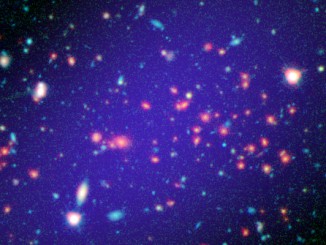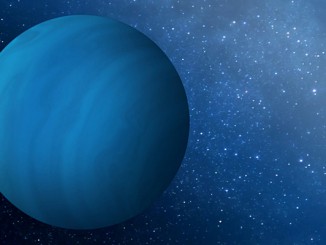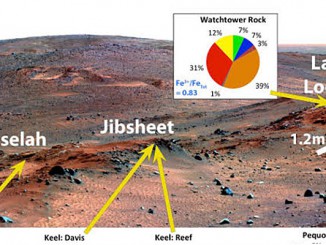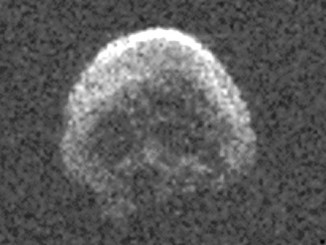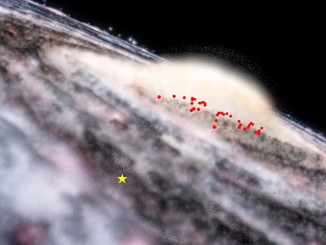
Distant world’s weather is mixed bag of hot dust and molten rain
A team led by the University of Edinburgh used a telescope in Chile to study weather systems in the distant world known as PSO J318.5-22 which is estimated to be around 20 million years old. Layers of clouds, made up of hot dust and droplets of molten iron, have been detected on the planet-like object found 75 light-years from Earth, researchers say.

